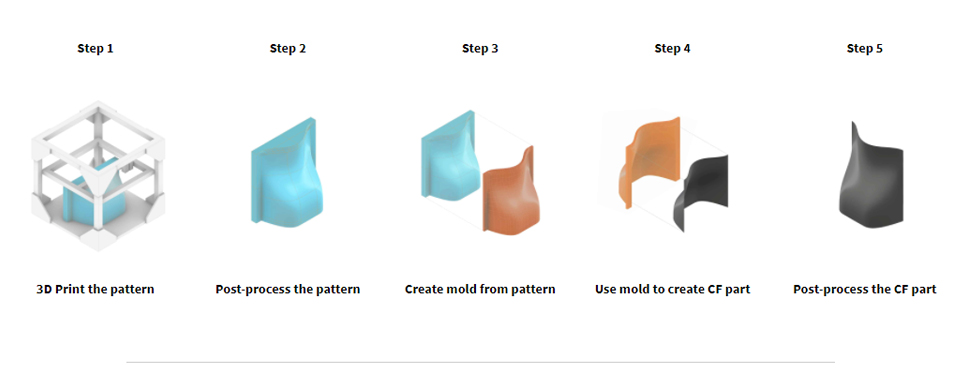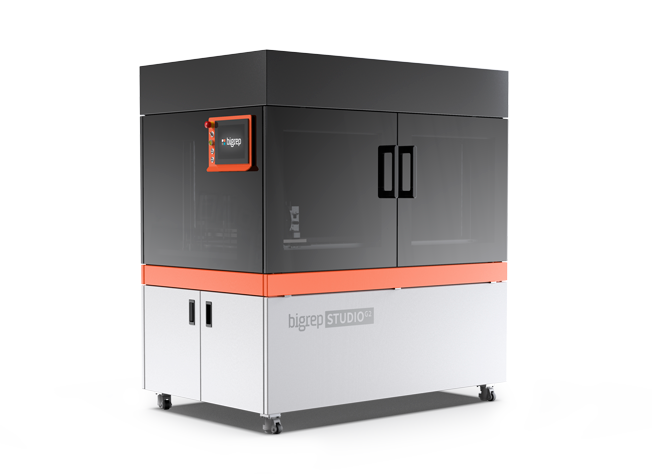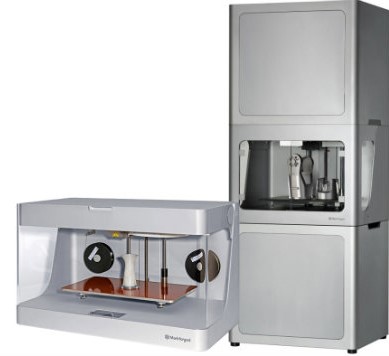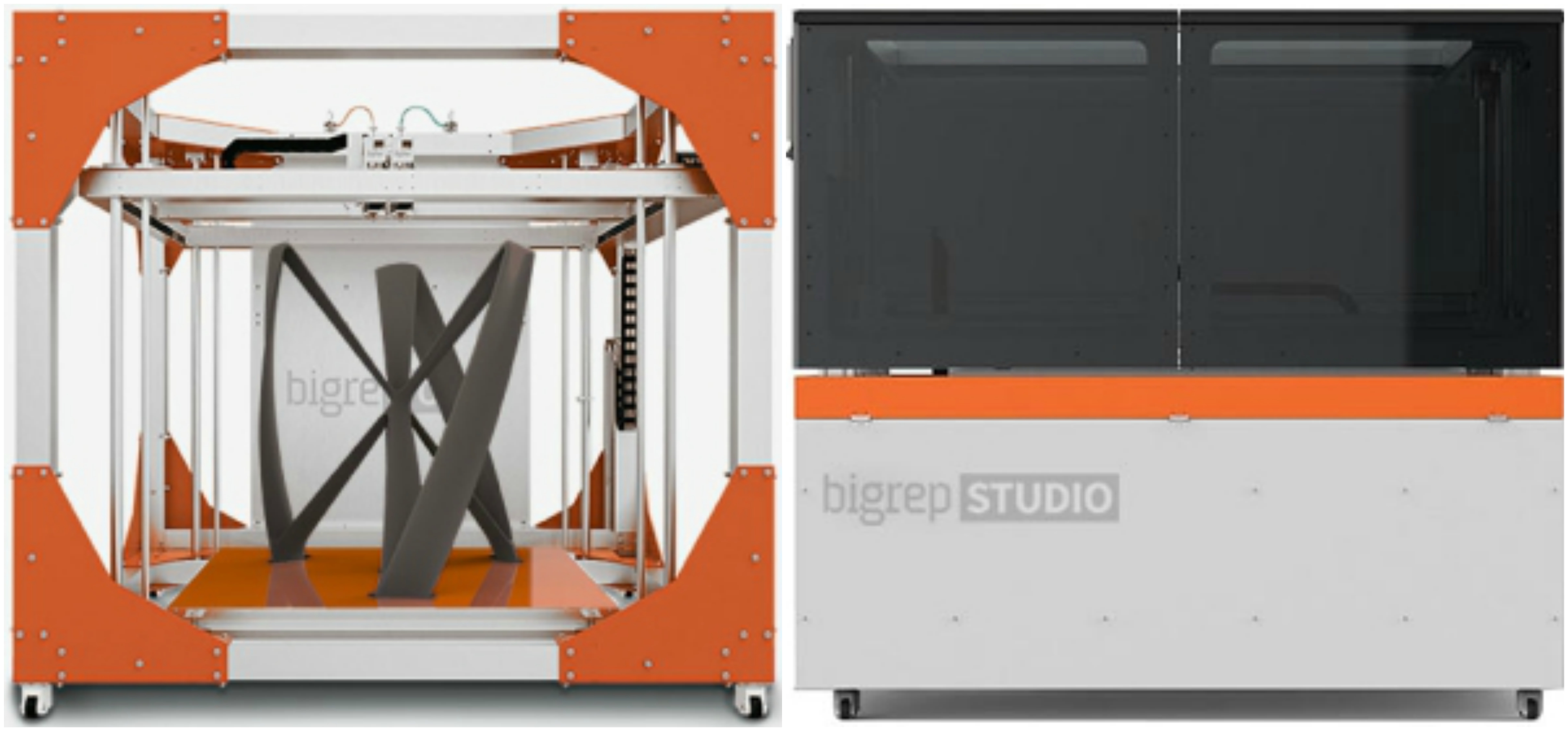Large-scale patterns and molds are expensive, slow to produce, and complex shapes may not be feasible. Typical CNC milling of patterns wastes material and design iterations are expensive and time-consuming. Therefore, Additive Manufacturing can play a huge role in producing high-quality carbon fiber parts while reducing costs and lead times. BigRep machines deliver cost-saving solutions to produce large-scale carbon fiber molds.
How to Make Carbon Fiber Parts with Additive Manufacturing
Airflight uses prepreg carbon fiber parts to build their human-sized drones. See how they use BigRep machines to produce 3D printed molds for faster, cheaper carbon fiber fabrication
Two Methods of 3D Printing for Carbon Fiber Molding
Method 1:
3D Print the Mold
If the part design still needs iterations, the part is intended for small batch production, or the carbon fiber prepreg requires lower temperature / pressure resistance, then 3D printing the mold is recommended.
The mold is 3D-printed and post-processed to required surface quality. If needed, the mold can be designed with inlets to pour in reinforcement filler so the mold can withstand pressure in the autoclave. Carbon fiber prepreg is laid into the mold, placed in a vacuum bag, and cured in an autoclave at the required temperature and pressure settings.
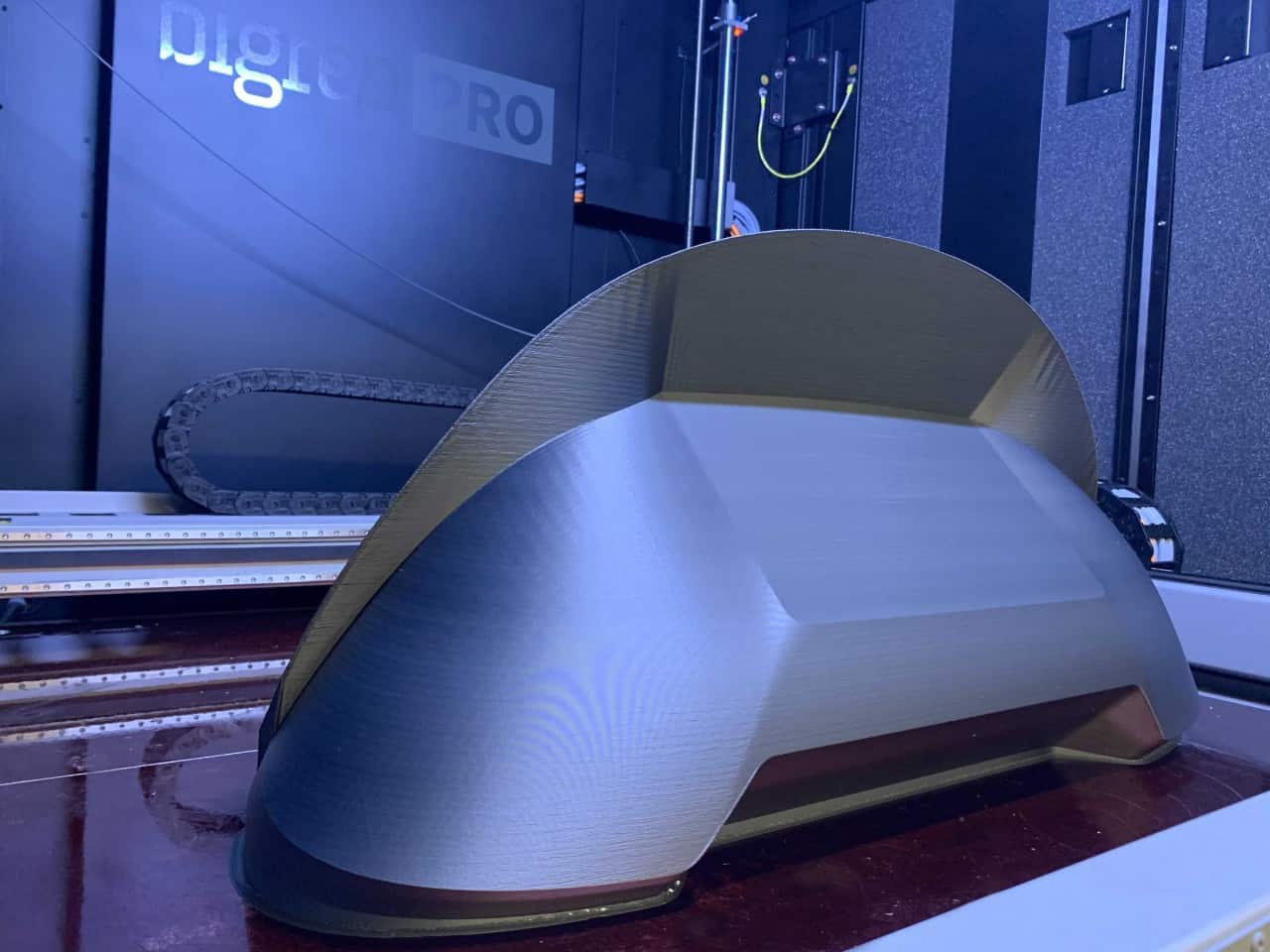

– ProHT (ABS-Like) – $129.95 for 2.5 kg Spool
– PLA – $72.00 – for 2.3 kg spool
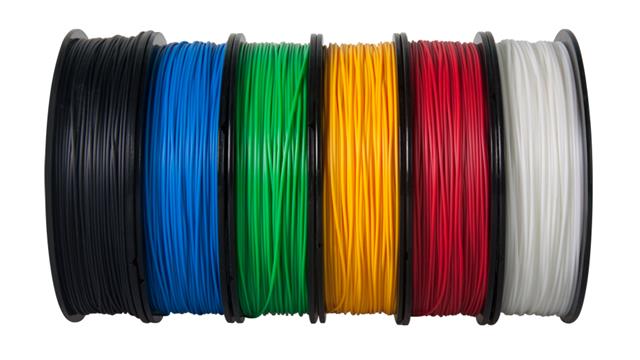
Prints using PLA, PETG, Pro HT, TPU, PA6/66

Method 2:
3D Print the Pattern
If the part design is finalized, the part is intended for series production, or the carbon fiber prepreg requires higher temperature / pressure resistance, then 3D printing the pattern is recommended.
The pattern is 3D-printed and post-processed to required surface quality. Then a mold is produced from the pattern, typically using glass fiber or high temperature epoxy molding paste. Carbon fiber prepreg is laid into the mold, placed in a vacuum bag, and cured in an autoclave at the required temperature and pressure settings.
